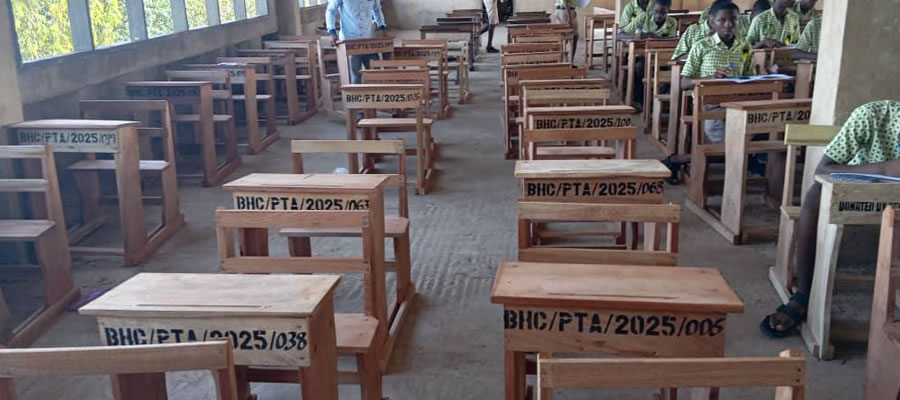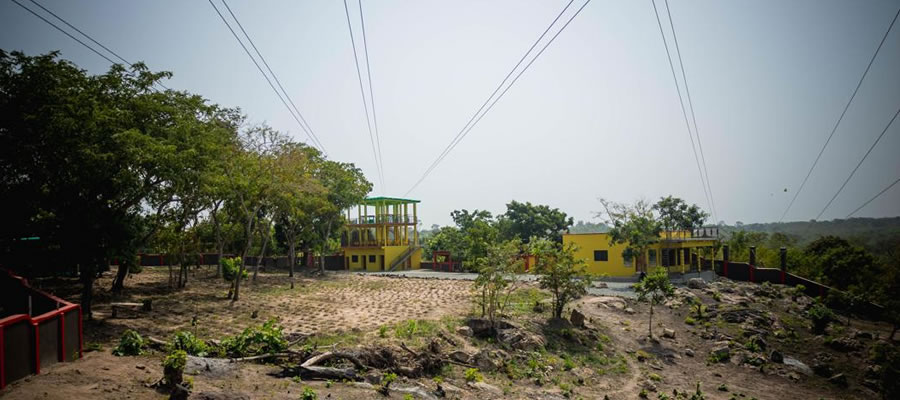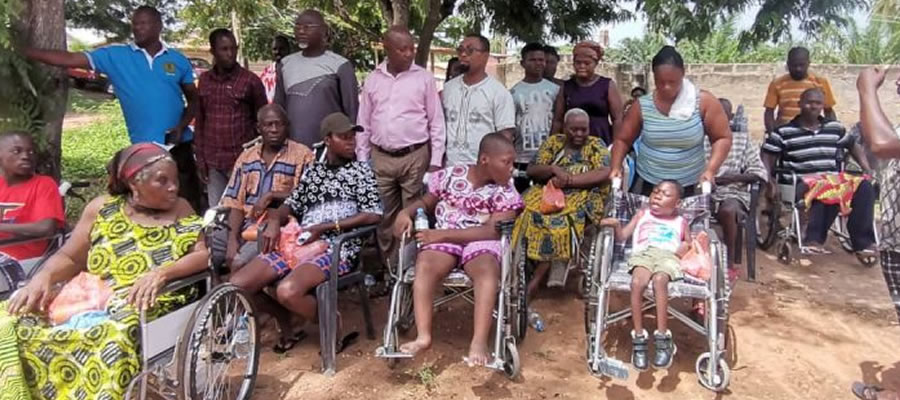

Good Governance / Public Administration
The Kpando Municipal Assembly established by L.I. 1463 of 1989 was revoked with the passage of L 11740 of 2004 as a result of the carving out of South Dayi District from Kpando Municipal. It is composed of 36 Elected Members, Government Appointees representing 30% of the membership of the assembly, the Municipal Chief Executive and the one Member of Parliament from the constituency.
The Assembly is by law, the highest Political, Administrative, Rating and Planning Authority In the district with deliberative legislative and executive powers. The Assembly has responsibility for the overall development of the Municipal. Below the Assembly are one urban council, eight Area Councils and the Unit Committees in almost every community. The laws governing the operations of the Assembly are the 1993 Local Government Act. Act 462, the Municipal Assembly Common Fund Act 455 (1993), The National Development Planning Systems Act 480 (1994) and the Civil Service Law PNDC Law 327 (1993).
The General Assembly elects a Presiding Member from among themselves by two-third majority. He presides over the meetings of the assembly for a 2-year term. The Assembly has an Executive Committee presided over by the DCE who is usually appointed by the President with prior approval of not less than 2/3 majority of members of the Assembly present and voting at a meeting.
L.I. 1740 spells out in greater details the specific functions of the Assembly. In areas of health, construction, rehabilitation, maintenance, agriculture, roads, sanitation etc.
For the purpose of the work of the Assembly, and to subject the issues of development to a wider discussion, the Executive Committee has five statutory sub-committees composed of members of the Assembly. These are as follows:
• Finance and Administration Sub-committee
• Development Planning Sub-committee
• Social Services Sub-committee
• Works Sub-committee
• Justice and Security Sub-committee
Sub-District Structures of the Assembly
In order to anchor the Government’s decentralization policy, the Kpando Municipal has been demarcated into nine sub-districts made up of one Urban Council at Kpando and nine Area Councils.
The Sub-district, structures are becoming very important in the Structure of local government. With the assistance of some donor funded programmes like the DSDA and the Community Based Rural Development Programme (CBRDP), the Sub-district structures are being reorganised to improve upon their skills in participatory planning, decision making, gender activities, economic and political development.
Decentralized Departments
To capacitate the Assembly to perform its functions, 22 Central Government Departments were decentralized to the district level. The Assembly has 18 out of the 22 Decentralized Departments. These Departments which are compressed into 11 Departments as shown in the table below are yet to be fully institutionalised. The departments still hold allegiance to their mother organisation thus frustrating the dentralisation process.
Sub-Municipal Structures of the Assembly | |||||
Sub-District | Status | No. of Units | No. of electoral areas | Traditional Areas | Head Quarters |
Kpando | Urban council | 47 | 10 | Akpini | Kpando |
Gbefi | Area council | 12 | 2 | Gbefi | Gbefi Hoeme |
Aveme/Tsyome Sabadu | Area council | 33 | 4 | Aveme Sabadu | Aveme Beme |
Anfoega | Area council | 26 | 6 | Anfoega | Anfoega Akukome |
Awate | Area Council | 17 | 2 | Awate | Awate-Todzi |
Vakpo | Area Council | 14 | 4 | Vakpo | Vakpo Afeye |
Tsrukpe Botoku | Area Council | 14 | 3 | Botoku, Tsrukpe, Tsoxor | Botoku |
Wusuta | Area Council | 33 | 4 | Wusuta | Wusuta |
Sovie | Area Council | 13 | 3 | Sovie | Sovie |
Total | 209 | 38 | 12 |
| |
ADMINISTRATIVE AREA OF THE MUNICIPALITY
The Municipality is divided into three (3) Zonal Councils. The communities that make up each council are listed in the table below
PEOPLE AND CULTURE OF THE MUNICIPALITY
The people of the Municipality are very homogenous in terms of tradition and culture. The indigenous inhabitants who live in the Municipality are mainly Ewe-speaking people who originally migrated from Notsie in the 17th Century, fleeing from tyrannical rule of King Agorkoli. This ancient town is located in the Republic of Togo.
They are organized under traditional areas with a paramount chief and sub-chiefs as a symbol of authority. Ownership of property is passed on by Patrilineal inheritances. The Municipality is traditionally controlled by three traditional Areas. These are namely; Akpini, Gbefi and Sovie. Basically, the traditional authorities administer stool lands, holding them in trust for the people and arrange for the celebration of festivals. They are also the custodian of traditional beliefs and customs. The traditional authority also have courts which adjudicate on matters relating to stool land, lineage and family land, chieftaincy title disputes, violation of traditions and disputes between localities, families and individuals.
Date Created : 11/21/2017 7:19:44 AM











 facebook
facebook
 twitter
twitter
 Youtube
Youtube
 +233 593 831 280
+233 593 831 280 0800 430 430
0800 430 430 GPS: GE-231-4383
GPS: GE-231-4383 info@ghanadistricts.com
info@ghanadistricts.com Box GP1044, Accra, Ghana
Box GP1044, Accra, Ghana